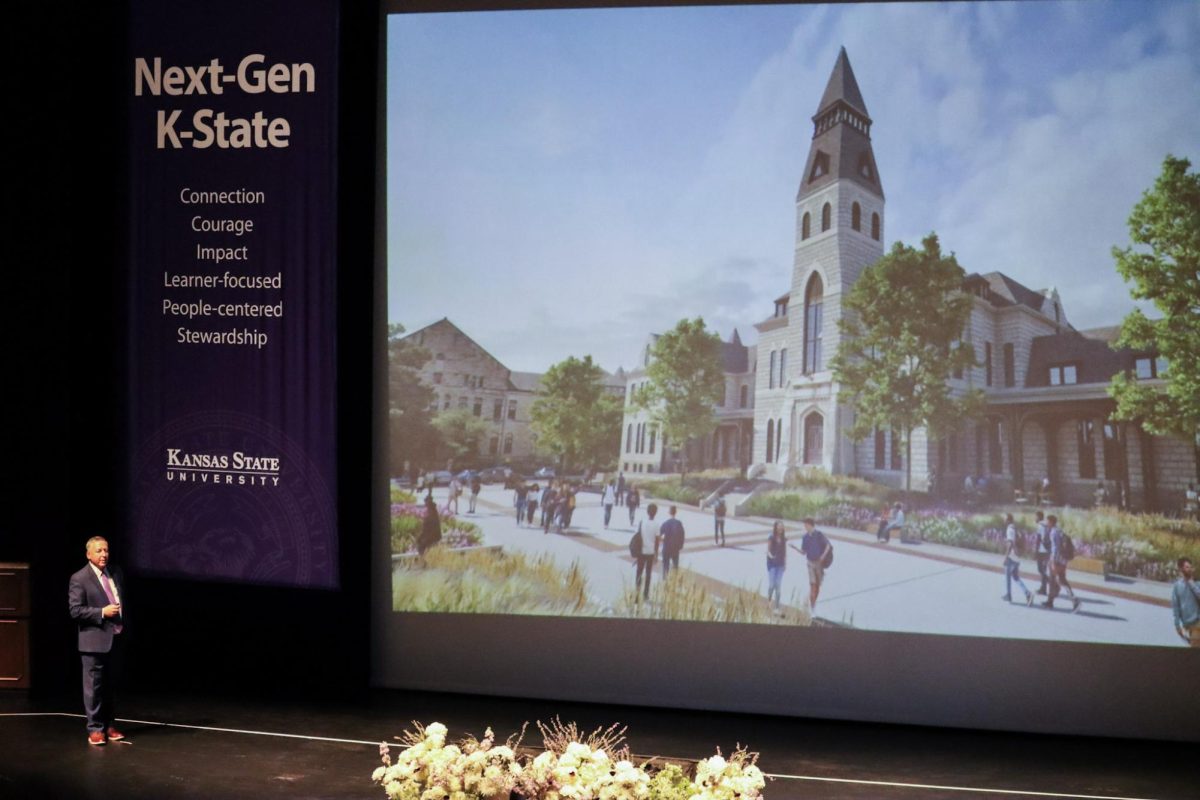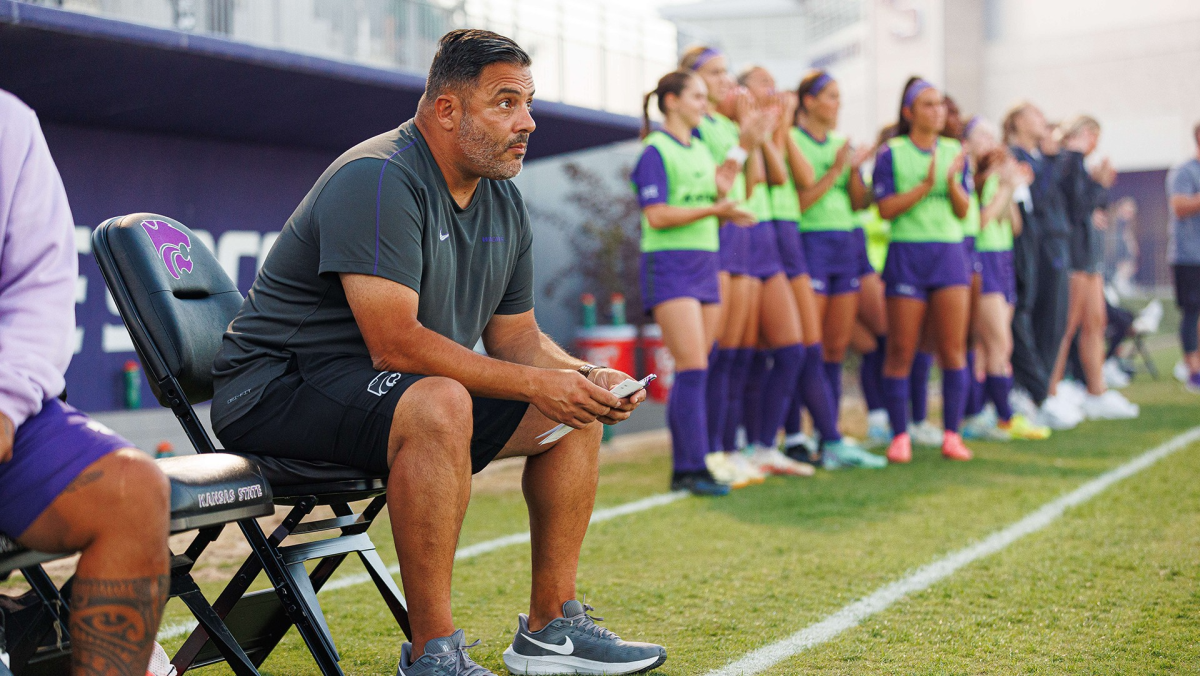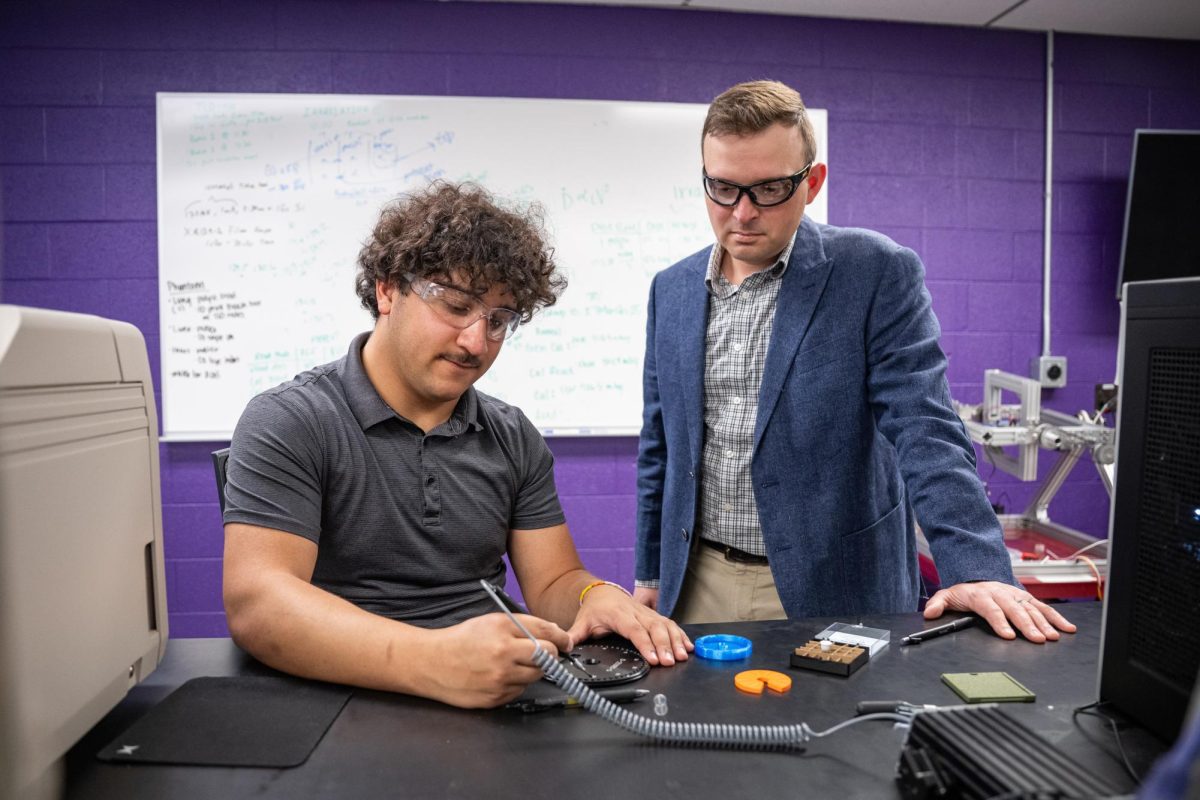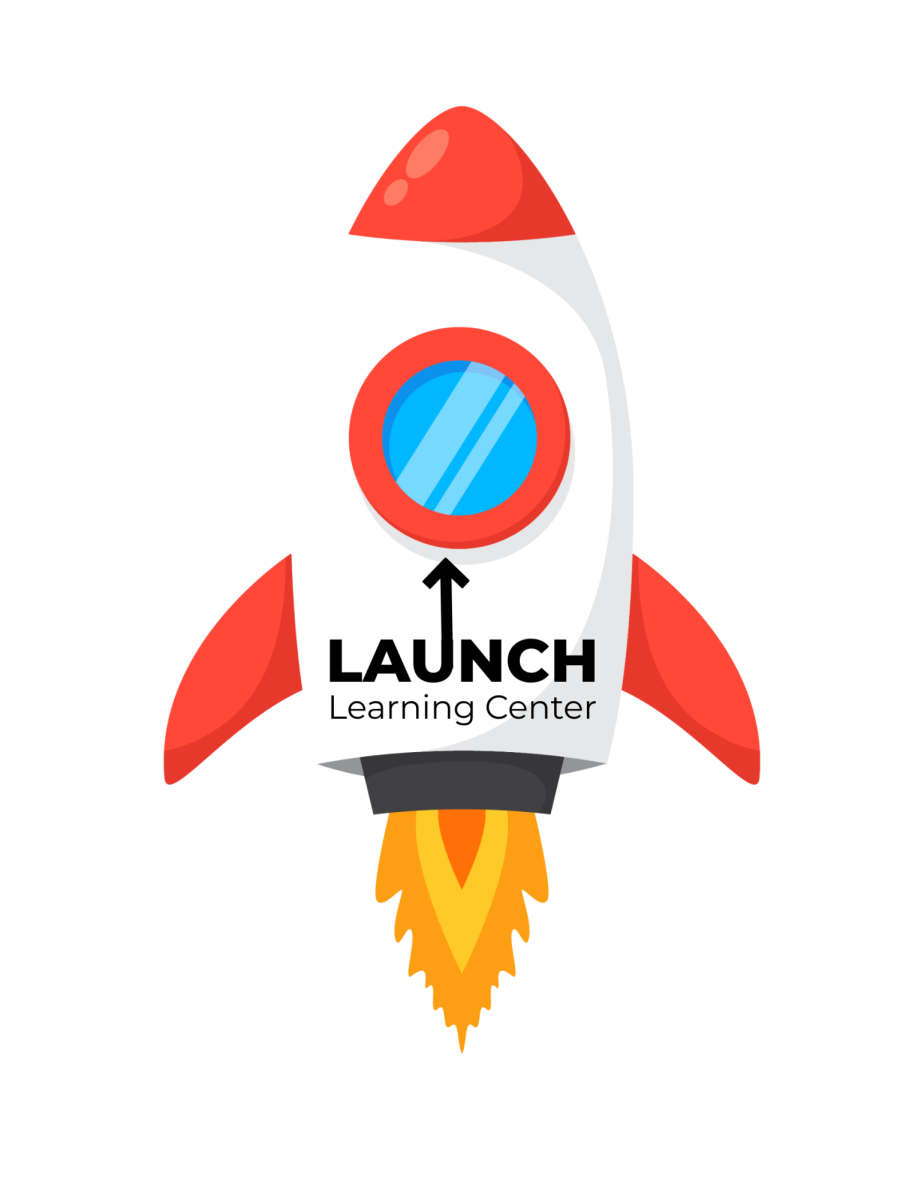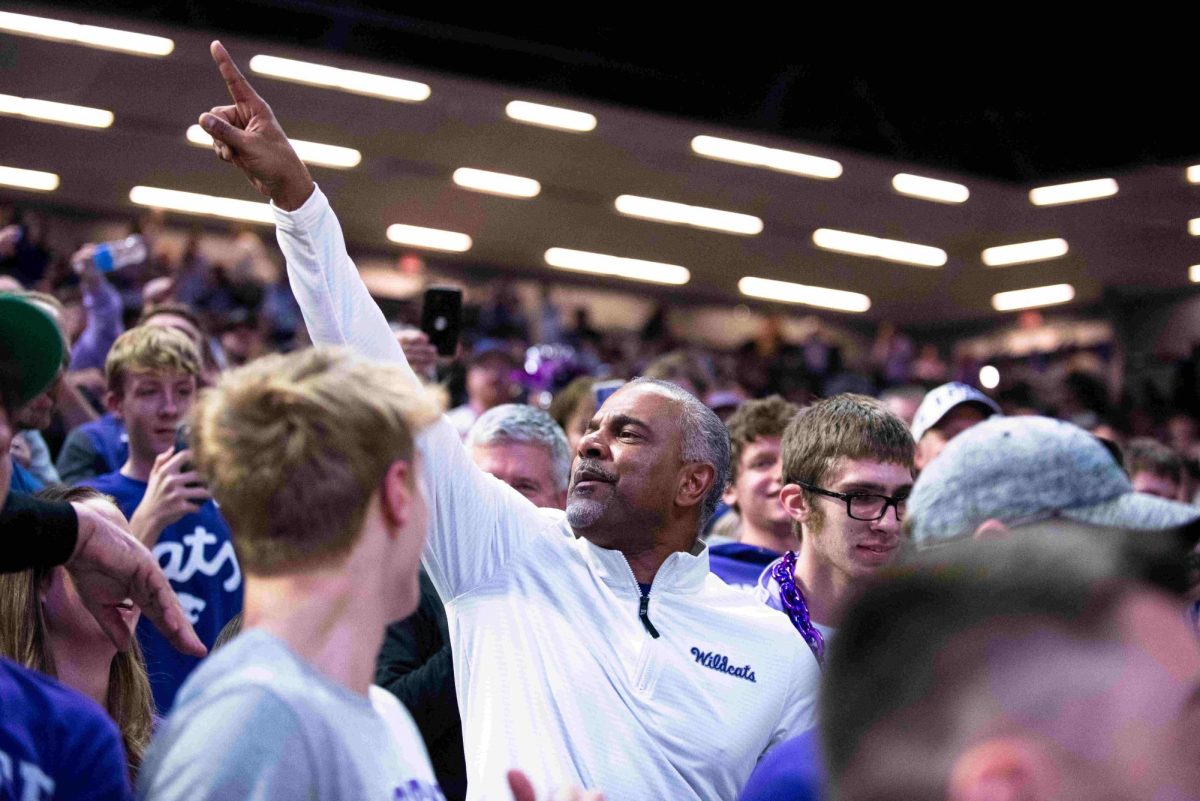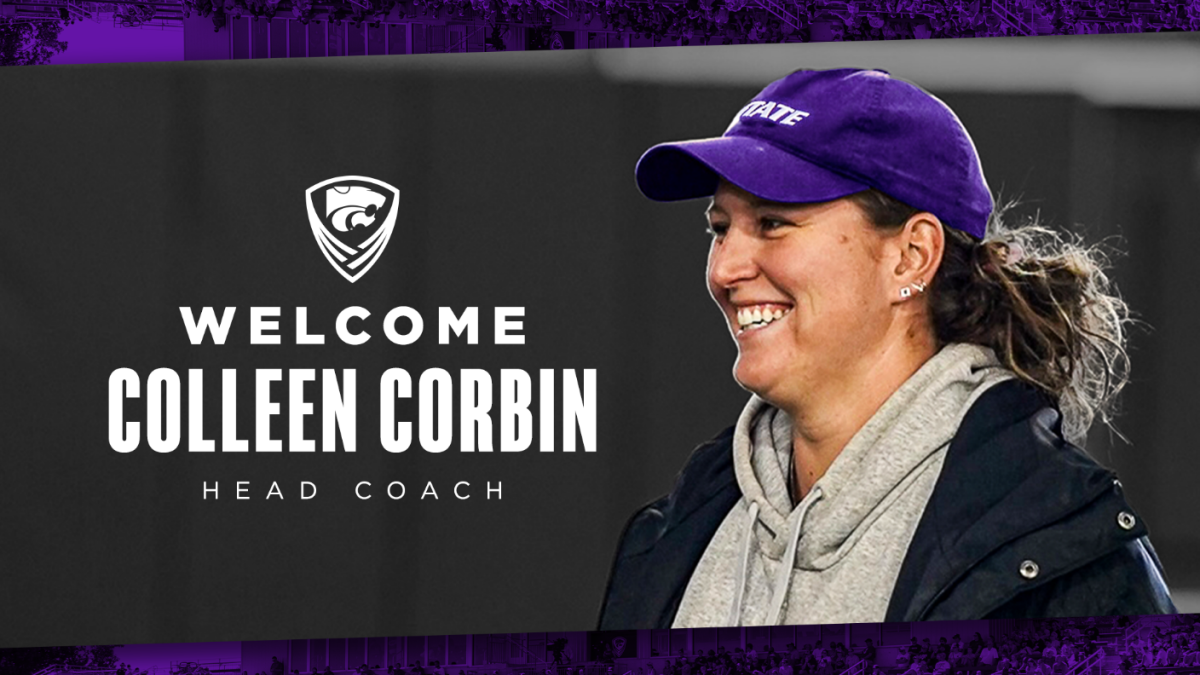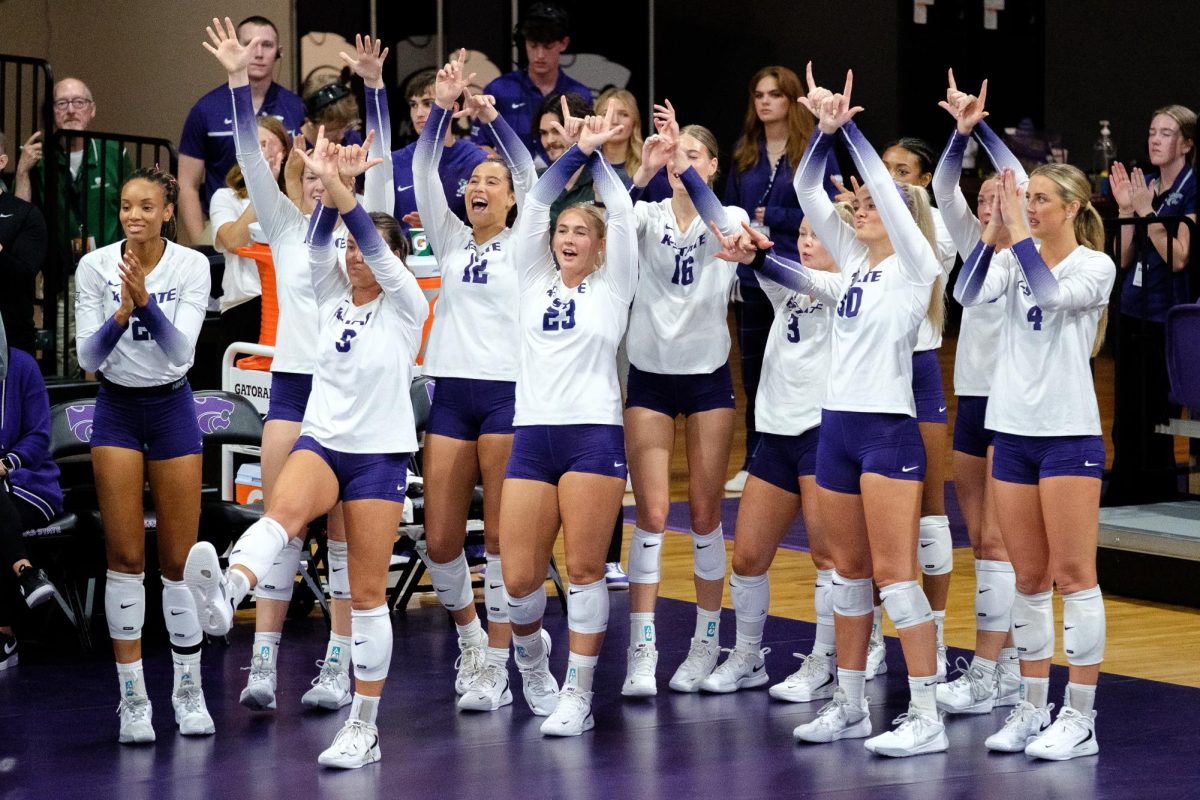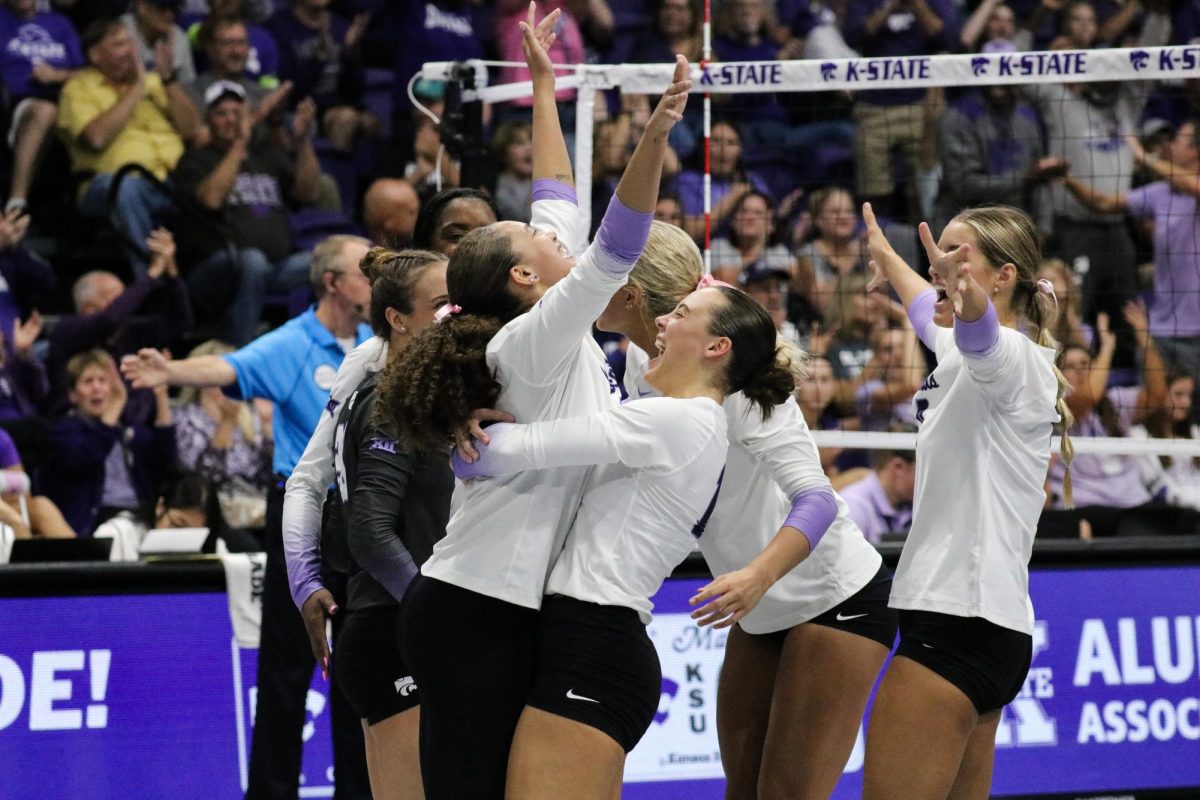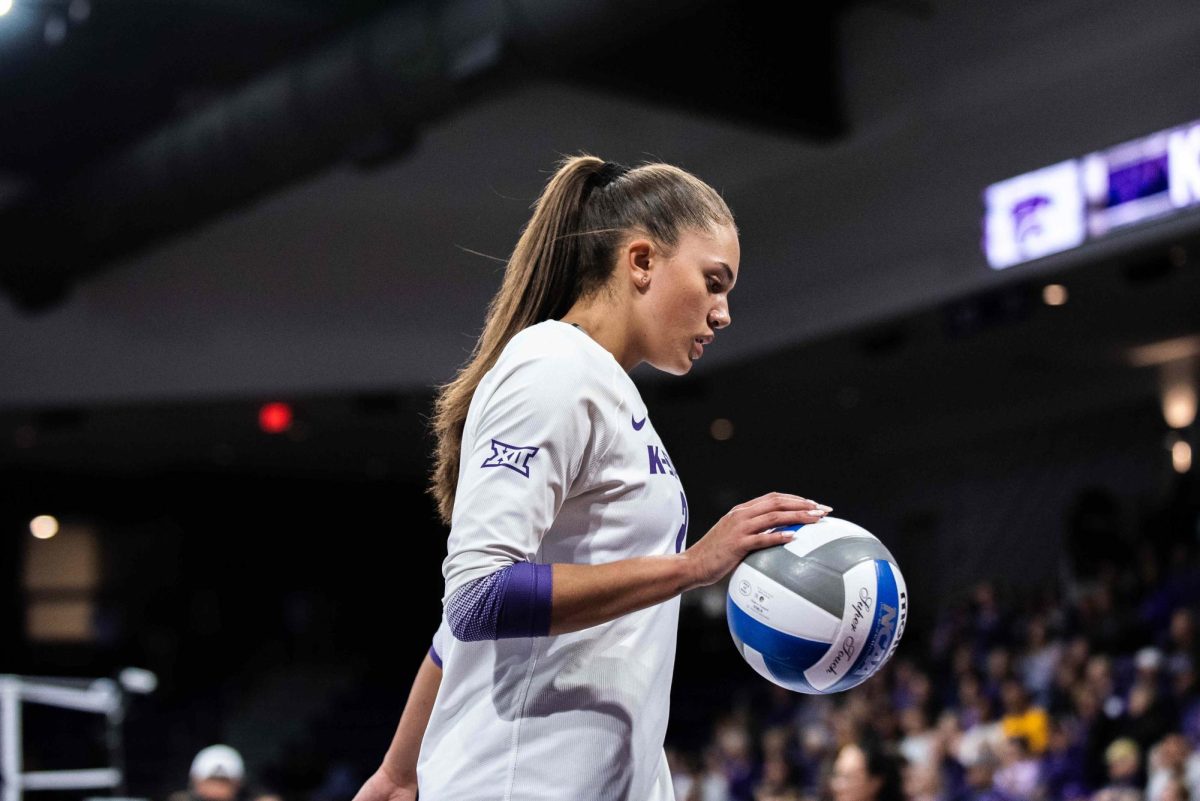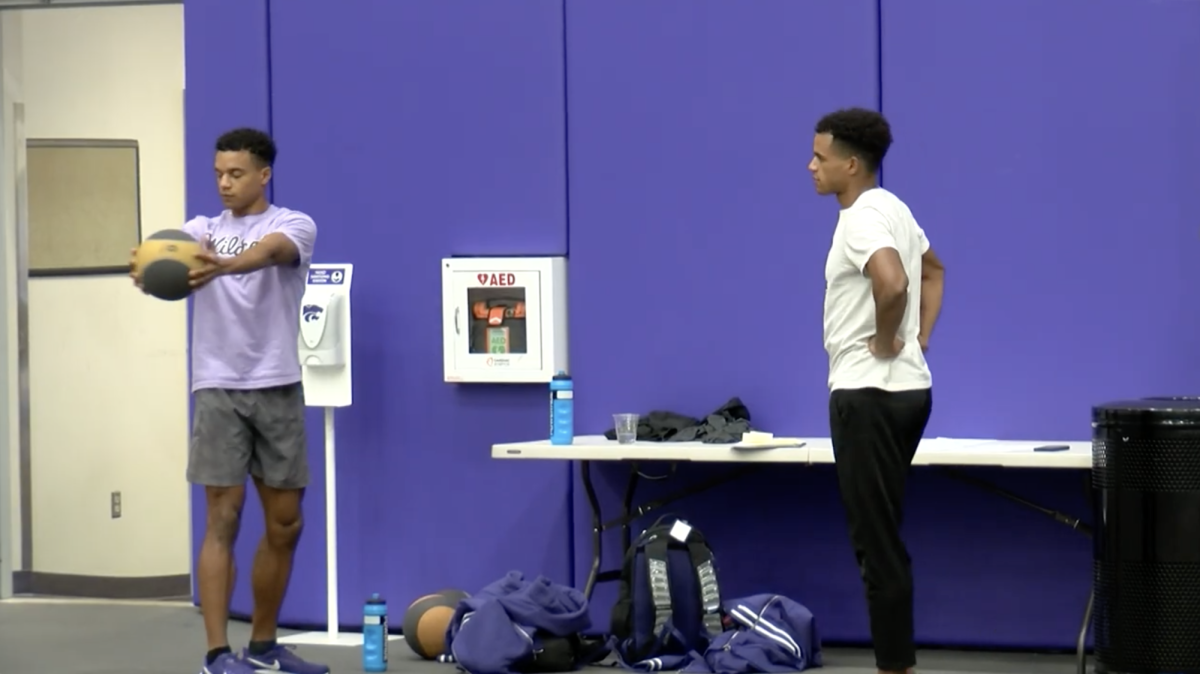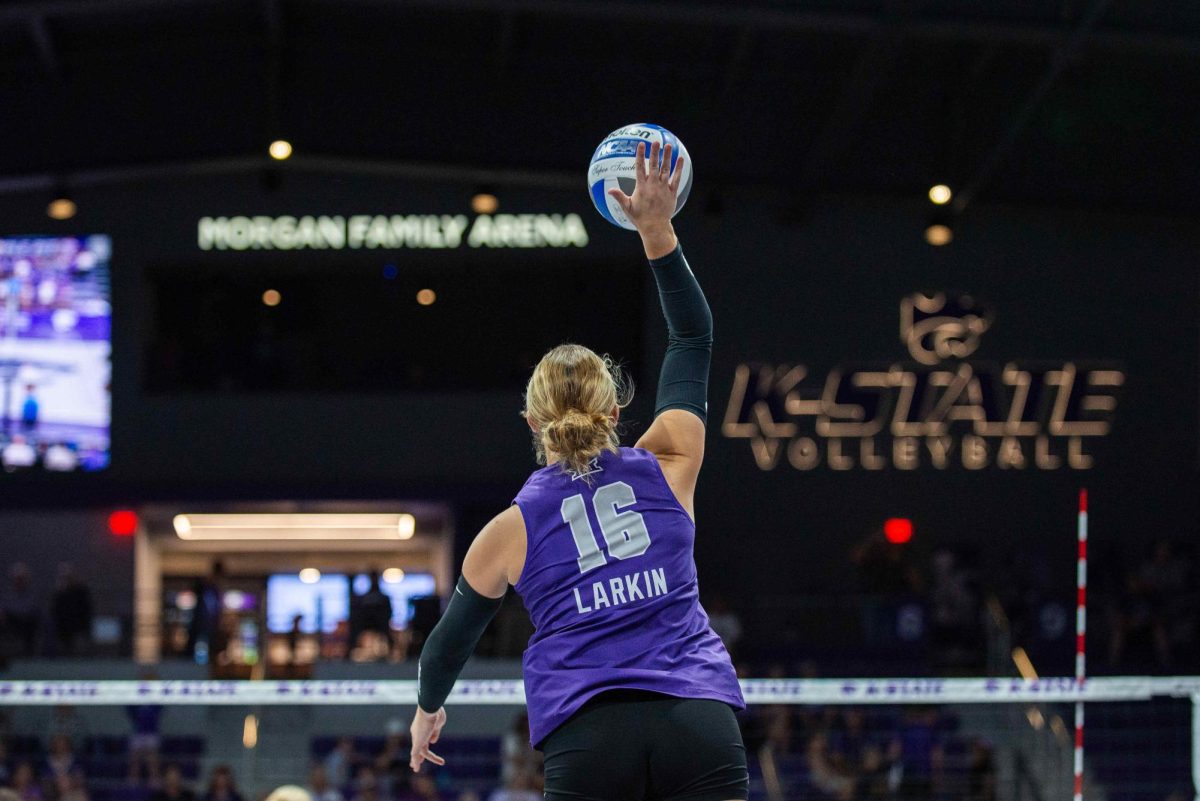Photo from Freepik
Classrooms have long depended on memorization to keep pace with crowded schedules and standardized exams. Students recite facts, rehearse formulas, and repeat definitions, yet many leave without the ability to apply knowledge in real-world contexts.
The demand for critical thinking has never been higher, especially in an era shaped by complex challenges and rapid innovation.
Artificial intelligence promises a new direction. Adaptive tutors can respond instantly, customize lessons, and encourage deeper engagement with material. These tools suggest a future where learning shifts from repetition to analysis. The question is how far technology can push this change, and whether it can reach classrooms at scale without losing the human element that drives true understanding.
Understanding Rote Learning and Its Challenges at Scale
Rote learning rewards memory over comprehension. Students repeat facts until they can recall them on command, but rarely develop skills to interpret or apply ideas. This system dominates schools because it is easy to measure through tests and efficient for managing large groups. Teachers can track progress with quick quizzes and standardized exams, even though these assessments capture only surface knowledge.
The limitations are clear. Learners trained this way struggle to adapt when problems require creativity or analysis. They may pass exams yet fail to connect concepts in new situations, which creates deeper challenges in this digital age where innovation and adaptability drive progress.
At scale, the system creates classrooms where speed and recall matter more than insight. Over time, this reduces curiosity and discourages deeper inquiry. For a world defined by complex problems, relying on memorization weakens education’s role in preparing students for meaningful work and lifelong learning.
The Promise of AI Tutoring Systems
AI tutoring systems use adaptive algorithms to track a student’s progress and respond instantly with tailored feedback. Unlike traditional teaching methods that focus on uniform delivery, these tools personalize lessons, guiding each learner at their own pace. A student who struggles with a concept receives reinforcement, while another who masters it quickly is pushed toward higher-level analysis. This flexibility allows education to shift from memorization toward active engagement.
Early examples show real promise. Students using AI tutors often demonstrate stronger problem-solving skills because the system encourages them to explain reasoning rather than recite answers. Teachers also gain insight from the data these platforms collect, giving them time to focus on discussion, creativity, and mentorship.
The Role of Interactive AI in Deeper Learning
AI tools designed for interaction demonstrate how technology can replace memorization with active engagement. In language learning, repetition of isolated words often limits progress. Interactive dialogue, by contrast, allows learners to test understanding, adapt to new contexts, and reinforce recall through real-time practice. These exchanges create opportunities to apply knowledge rather than recite it.
One example is conversation practice with Langua. The platform provides realistic conversations supported by instant corrections, phrasing suggestions, and post-chat feedback. Learners strengthen fluency as they practice recalling vocabulary within meaningful dialogue, which builds confidence and improves retention. While its primary goal is communication practice rather than critical analysis, it illustrates how AI can help move learning beyond rote repetition into an interactive application that feels more authentic and memorable.
Ethical and Equity Implications
As online learning and AI becomes increasingly common in classrooms, questions of fairness and access arise rapidly. These systems depend on vast datasets, and if those datasets reflect bias, the tools can reinforce stereotypes rather than challenge them.
For example, language models trained on unbalanced sources may misrepresent cultural contexts or undervalue diverse perspectives. Without careful oversight, AI risks embedding inequality directly into learning materials.
Access is another critical concern. Wealthier schools can afford the newest platforms, while underfunded districts may fall further behind. Unequal access to devices, internet speed, and technical support widens the educational divide.
Ethical deployment demands safeguards that prioritize inclusion, transparency, and accountability. Teachers and administrators must ensure AI complements rather than replaces human judgment. Only with deliberate oversight can these systems support every learner fairly, protecting education’s role as an equalizer instead of allowing technology to deepen existing divides.
Toward Hybrid Models: AI + Human Guidance
AI can personalize lessons and provide instant feedback, but it lacks the nuance of human connection. Teachers bring empathy, cultural awareness, and the ability to inspire students in ways technology cannot replicate. A hybrid model blends these strengths. AI handles repetitive drills, tracks progress, and highlights areas where learners struggle, while teachers focus on discussion, creativity, and mentorship.
This partnership creates balance. Students gain the efficiency of adaptive systems without losing the human guidance that fosters curiosity and critical thought. By combining technology’s scalability with a teacher’s insight, hybrid classrooms offer a path forward where memorization gives way to deeper engagement and education retains its human core.
Future Outlook: Can AI Replace Rote Learning at Scale?
AI’s potential to shift education away from memorization grows clearer with each experiment, yet scaling this change remains complex. Early results show improved engagement and stronger retention, but challenges of access, training, and equity continue to shape outcomes. Technology can encourage analysis and application, but it must operate within systems willing to prioritize critical thinking over standardized recall.
The likely future is gradual evolution rather than sudden transformation. As schools refine hybrid models, build infrastructure, and develop fair assessments, rote learning may lose its central role. AI will not replace human teaching, but it can help education progress toward a system where creativity and reasoning stand at the core of learning for all students.
Wrapping Up
The heart of education lies in preparing students to think, question, and create. AI tutoring cannot replace the role of human connection, but it can open doors to richer, more dynamic learning experiences. When lessons adapt in real time, students discover the value of applying knowledge rather than memorizing it. This shift signals a move toward classrooms that encourage exploration over repetition.
The challenge is ensuring that innovation reaches every student fairly. With thoughtful guidance and equitable support, AI can help redefine learning at scale, shaping an academic culture where curiosity and critical thinking take center stage.








